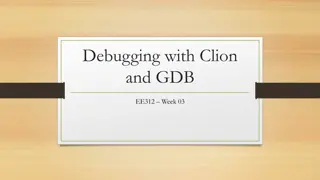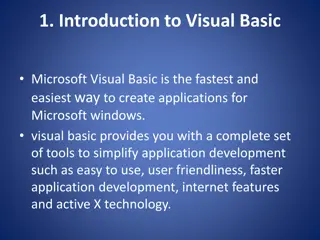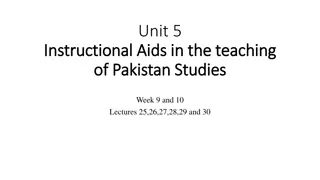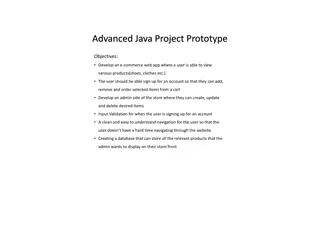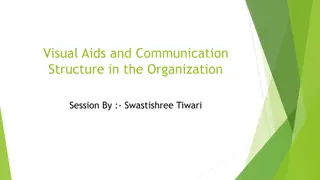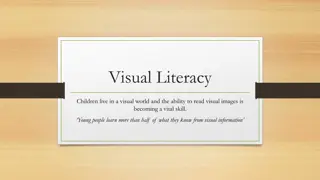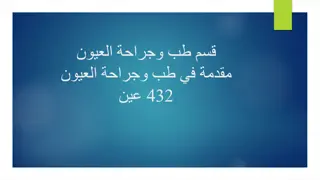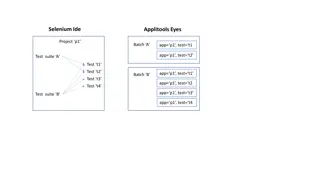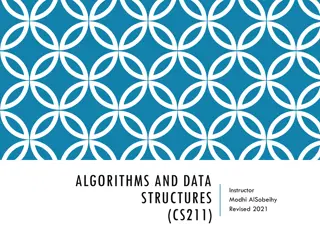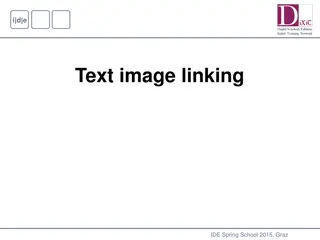Introduction to Visual C# IDE and Application Development
Utilize Visual Studio 2012 IDE to develop Console Applications, Windows Forms Applications, and ASP.NET Web Pages using C# and the .NET Framework 2. Learn how to set up Visual C# settings, including keyboard shortcuts, and create applications step-by-step with code examples. Explore creating interactive user interfaces and running/debugging applications efficiently.
Uploaded on Mar 04, 2025 | 1 Views
Download Presentation

Please find below an Image/Link to download the presentation.
The content on the website is provided AS IS for your information and personal use only. It may not be sold, licensed, or shared on other websites without obtaining consent from the author.If you encounter any issues during the download, it is possible that the publisher has removed the file from their server.
You are allowed to download the files provided on this website for personal or commercial use, subject to the condition that they are used lawfully. All files are the property of their respective owners.
The content on the website is provided AS IS for your information and personal use only. It may not be sold, licensed, or shared on other websites without obtaining consent from the author.
E N D
Presentation Transcript
~EASTERN AND WESTERN BALLET~ Student s Name
HISTORY OF EASTERN BALLET Ballet is a highly stylized dance form that developed during the Italian Renaissance in 17th century France. Although ballet was originally formed in Italy, the French enabled it to blossom (New World Encyclopedia). It incorporated Italian aspects of the ballet and gained widespread prominence throughout France and the Americas. Eastern dance, unlike Western dance is not space conscious. The Eastern dancer incorporates the ground with his moves and the dance pattern ( Dance East & West ).
HISTORY OF EASTERN BALLET CONTINUED The East maintains traditional form with an innate controlling force. The love-sex aspect in Eastern dance for example, is always associated with a higher, sacred love ( Dance East & West ). Eastern dancers focus on the stylized moves and gestures in order to show their love for the divine. In most Eastern countries the dance has retained those links with religious faith that were once the mainspring of Western dance, but which have long since vanished. Union with the earth is resolute in Eastern dance as is the stylized use of torso, head, neck, hands, arms and fingers. In addition, for many Eastern cultures the stage assumes a symbolic aspect; representing the world and even the universe, as it becomes an area upon which the dance may be used to invoke the beneficent influences of heaven ( Dance East & West ). As seen through this, Eastern dance, both ballet and modern are more focused on serving the Lord. Western is far from that.
HISTORY OF WESTERN BALLET Ballet did not emerge as a recognizable dance form until the 1400 s in Italy. However, traditions of specific narrative dances evolved in China, India, Indonesia, and Ancient Greece. Western ballet history has developed with the idea of conquering space, at grand use of the floor design, where dancers interact and the ground is not only a point of departure but also an active participant ( Dance East & West ).
BALLET DANCERS Eastern Western Donna Mejia Esnalia Krakow Finis Jhung Giselle Vaciacion Panze Orientali Margaret Sullivan Alicia Markova
PHYSICAL MOVEMENT Eastern Western Gesture Dance Symbolism This type of dance was used to speak for the spirit in the worship of God ( Dance East & West ) Dance was an expression of contemplation. Descriptive because these dances are reflective. Dance was an expression of action. This type of dance was used for man and made the human body a crucible of energy ( Dance East & West ) Synonymous with entertainment Descriptive because these dances are dramatic.
THE MODERN BALLET The Modern or contemporary ballet now uses forms of Eastern, Western, and modern dance forms to extenuate the lines, physical movement, and costumes. It takes its technique and use of pointe work from classical ballet, yet it permits a greater range of movement than the strict body lines set forth by schools of ballet technique.
CONCLUSION Ballet is one of the most beautiful and graceful styles of dance, and it is well known throughout the world. Though Eastern and Western ballet are different in style and technique, each has given its own dramatic effects to the world and what we now call modern ballet. Eastern ballet is more about symbolism and gestured dance, and is and has always been used in order to worship God. Western ballet, however, is different as it focuses on energy and action in order to entertain man. In the beginning, it was easy to see the main differences in ballet for Eastern and Western countries, especially since dancers danced for different reasons; however, modern ballet has forged a sort of uniformity and cohesion.
Works Cited "Ballet." New world encyclopedia. N.p., 12 Dec 2012. Web. 13 Apr 2013. http://www.newworldencyclopedia.org/entry/ballet "Dance east and west." Middle Eastern dance and music information. N.p., 15 November 2012. Web. 13 Apr 2013. http://www.easternartists.com/DANCE 5 East West.html "History of ballet." Wikipedia. N.p., 13 Apr 2013. Web. 13 Apr 2013. http://en.wikipedia.org/wiki/History_of_ballet
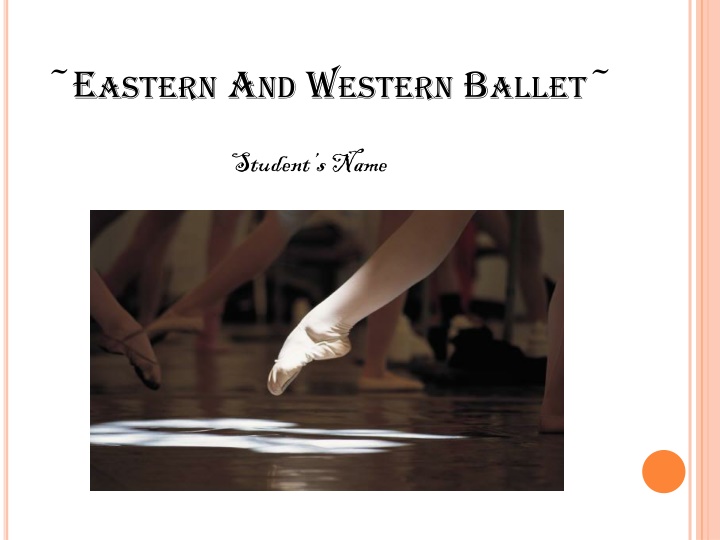

![textbook$ What Your Heart Needs for the Hard Days 52 Encouraging Truths to Hold On To [R.A.R]](/thumb/9838/textbook-what-your-heart-needs-for-the-hard-days-52-encouraging-truths-to-hold-on-to-r-a-r.jpg)

